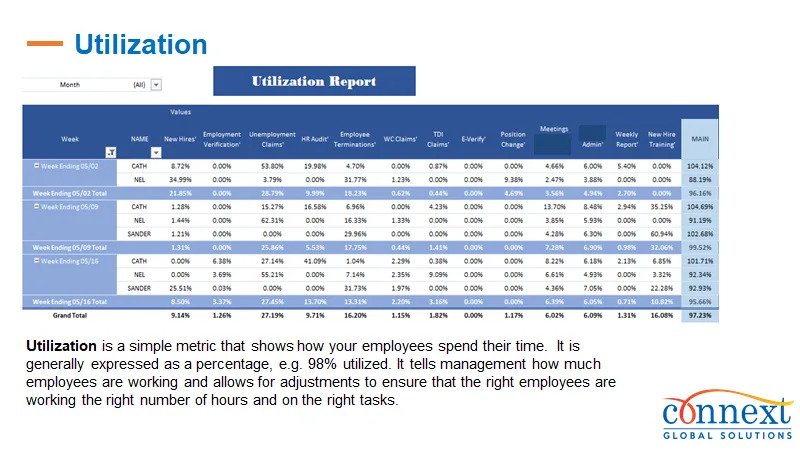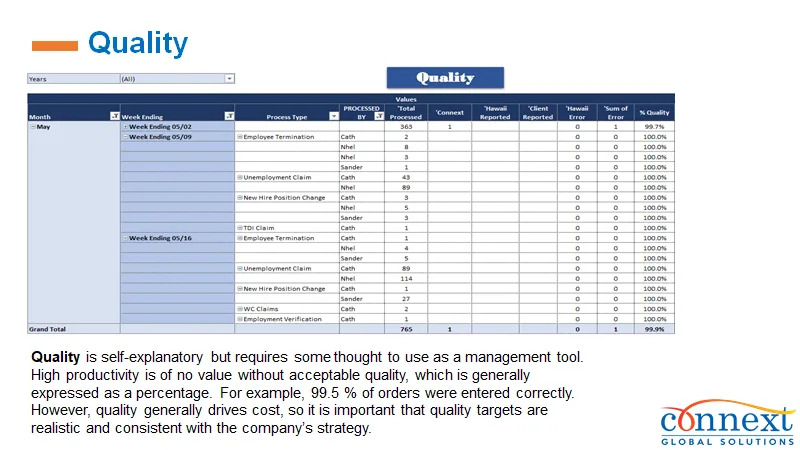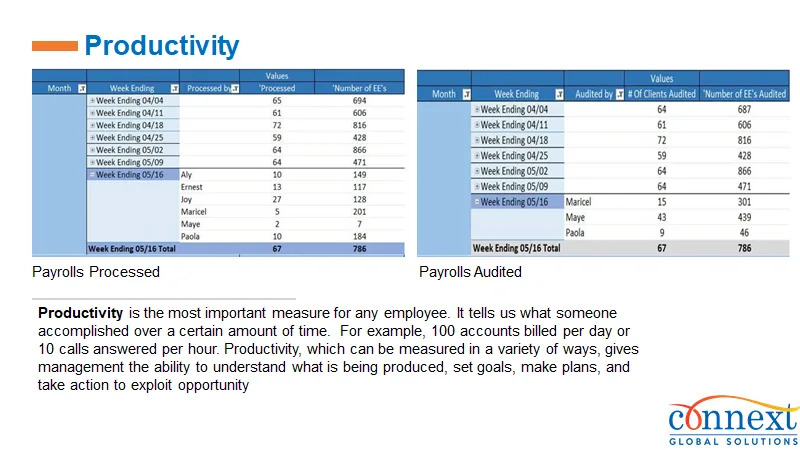Key Summary
- Staff augmentation is a workforce strategy that allows organizations to scale teams quickly by engaging skilled professionals through an external provider like Connext.
- It is particularly valuable for businesses facing hiring freezes or restrictions on increasing headcount but needing additional support.
- Unlike traditional outsourcing, staff augmentation keeps control of management with the client, while the external partner handles sourcing, compliance, and contracts.
- The model offers flexibility, access to specialized skills, and cost efficiency without long-term hiring commitments.
- For leaders balancing cost considerations with business continuity and growth, staff augmentation provides a practical and strategic solution.
- Connext supports organizations in building offshore teams through independent contractor agreements, enabling scalability while aligning with compliance and operational needs.

Workforce strategies are evolving quickly as organizations balance growth objectives with the realities of tighter labor markets, skills shortages, and ongoing hiring freezes. Many leaders recognize the need for additional capacity and specialized expertise but are constrained by headcount restrictions, budget limitations, or lengthy recruitment timelines. These challenges can slow down projects, delay operational improvements, and create unnecessary strain on existing teams.
Staff augmentation has emerged as one of the most practical and flexible solutions in this environment. It is not a new concept, but it has become increasingly relevant for businesses that want to move forward without being held back by workforce restrictions. Understanding how staff augmentation works, and how it differs from other outsourcing models, is essential for leaders making strategic workforce decisions.
Defining Staff Augmentation
Staff augmentation is a talent engagement model where companies supplement their in-house teams with skilled professionals provided by an external partner. These professionals are employed or contracted by the partner organization, but they work under the direct management and guidance of the client.
This model gives businesses the ability to:
- Scale their teams up or down depending on workload.
- Access specialized skills without permanent hiring commitments.
- Overcome barriers such as hiring freezes or limits on employee headcount.
In practice, staff augmentation creates a bridge between the demand for talent and the limitations of traditional recruitment processes. Organizations retain full oversight of their projects, while the external partner handles sourcing, contracting, and administrative requirements.
What Staff Augmentation Solves
Many industries are experiencing growing workforce pressures. According to an SHRM survey, the average time to fill a position in 2024 ranged from 36 to 44 days depending on the role. For technical or specialized roles, recruitment can take even longer, with some reports citing up to three months.
This gap between talent need and recruitment timelines creates operational bottlenecks. When teams lack adequate support, projects slow down, customer experience suffers, and long-term growth strategies stall.
Additionally, hiring freezes, which many companies implemented in 2023–2024 in response to economic uncertainty, continue to restrict the ability to expand teams through full-time hires. Business leaders in this position often find themselves asking how to keep operations moving without increasing official headcount.
Staff augmentation provides an answer by offering immediate access to skilled professionals without going through lengthy hiring processes. The professionals are engaged under independent contractor agreements, meaning businesses can scale flexibly while still staying compliant.
How Staff Augmentation Works
The staff augmentation process is straightforward but structured to ensure alignment with client needs:
- Assessment of requirements – The client identifies the skills, expertise, and timeline needed.
- Sourcing talent – The provider, such as Connext, recruits professionals who meet the specific requirements.
- Engagement – Talent is contracted and onboarded under an independent contractor agreement.
- Integration – The professionals work directly with the client’s team, following the client’s processes and reporting structure.
- Management – The client maintains day-to-day oversight, while the provider manages HR, compliance, and operational support.
This division of responsibilities enables companies to focus on results while minimizing the administrative and legal complexities of bringing on new staff.
Staff Augmentation vs. Traditional Outsourcing
Staff augmentation differs from project outsourcing, where an external vendor takes full ownership of outcomes. In augmentation, control stays with the client:
Staff Augmentation
The external partner provides talent; the client manages projects and workflows.
Outsourcing
The external partner manages both the workforce and the project deliverables.
For organizations that want to maintain internal control while still benefiting from additional resources, staff augmentation offers the right balance. It is particularly effective in scenarios where leadership wants to keep core operations in-house but needs extra capacity to meet demand.
Benefits of Staff Augmentation for Business Leaders
For decision-makers evaluating workforce strategies, staff augmentation brings several advantages:
Scalability
Quickly expand or contract teams based on workload and project needs.
Access to talent
Gain specialized expertise without the delays of traditional recruitment.
Cost efficiency
Avoid the overhead costs of permanent hiring, while still benefiting from skilled professionals.
Continuity
Maintain progress during hiring freezes or budget restrictions.
Control
Keep management authority and project direction within the organization.
Connext clients, for example, often use staff augmentation to navigate periods of transition or high demand, allowing them to continue executing on strategy without disruption.
Use Cases Across Industries
While staff augmentation is often associated with IT, the model applies across industries:
Healthcare:
Support revenue cycle management teams without adding permanent headcount.
Finance:
Scale accounting and compliance functions during peak seasons.
Customer service:
Add bilingual agents to improve service coverage.
Technology:
Accelerate development cycles with specialized IT staff augmentation.
These applications show how flexible the model can be, adapting to different industries and operational requirements.
When to Consider Staff Augmentation
Staff augmentation is best suited for organizations that:
- Face hiring freezes but still need to expand capacity.
- Require specialized expertise for defined projects.
- Want to scale flexibly without long-term headcount commitments.
- Need to accelerate operations without waiting on lengthy recruitment cycles.
Connext helps organizations in these scenarios by providing independent contractor agreements that align with workforce compliance requirements. This ensures that businesses can scale confidently while staying focused on core priorities.
Learn how staff augmentation pricing works and what business leaders should consider before scaling teams in our post Understanding the Cost Structure of Staff Augmentation Services.
See how building dedicated offshore teams supports long-term growth and flexibility: Captive Offshoring: A Strategic Approach to Global Talent and Cost Optimization.
Frequently Asked Questions (FAQs)
Staff augmentation is a way for companies to add skilled professionals to their teams through an external provider. The professionals work under the client’s direction but are employed or contracted by the provider.
Because professionals are engaged through independent contractor agreements, companies can increase capacity without increasing official headcount, making it an effective solution during hiring freezes. Connext specializes in this type of workforce model.
Industries such as healthcare, finance, IT, and customer service frequently use staff augmentation to address seasonal demand, specialized skills gaps, or workforce shortages.
In outsourcing, the external provider manages both the workforce and project outcomes. In staff augmentation, the client retains full control of projects and workflows, with the provider supplying the talent.








